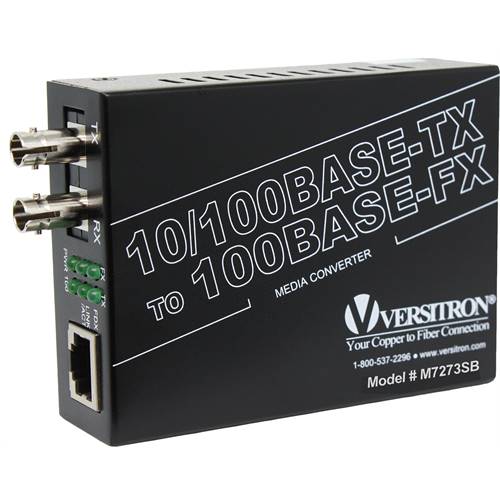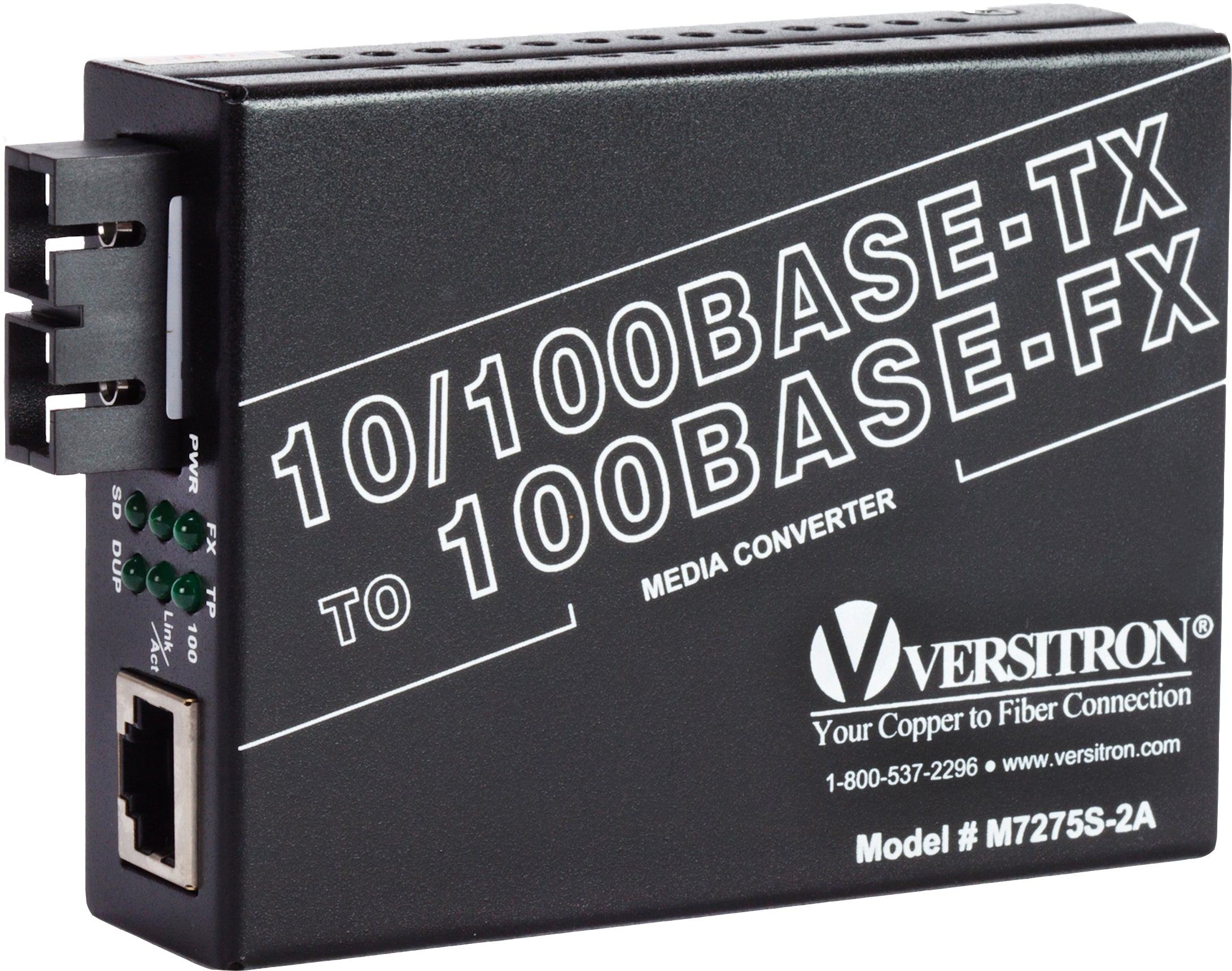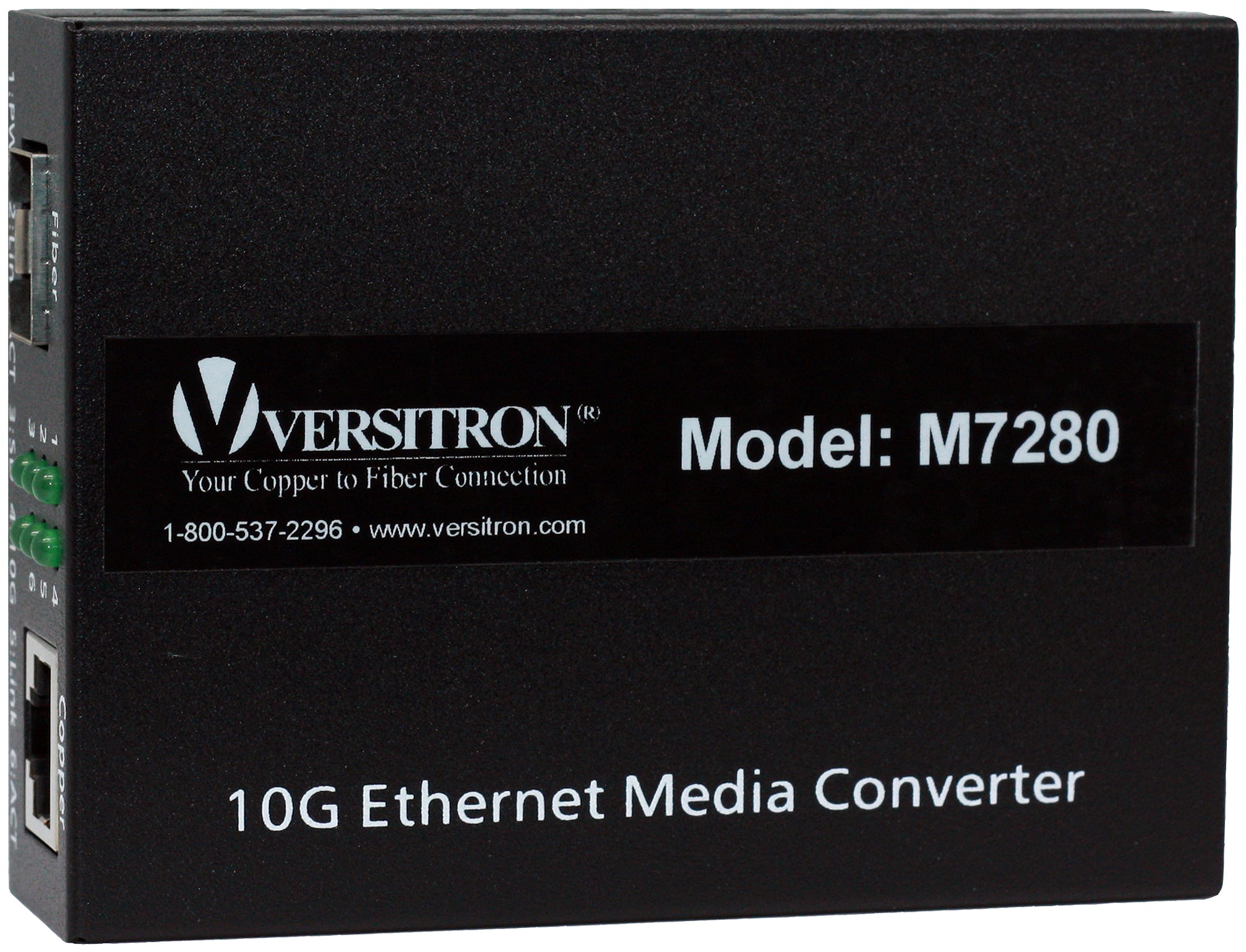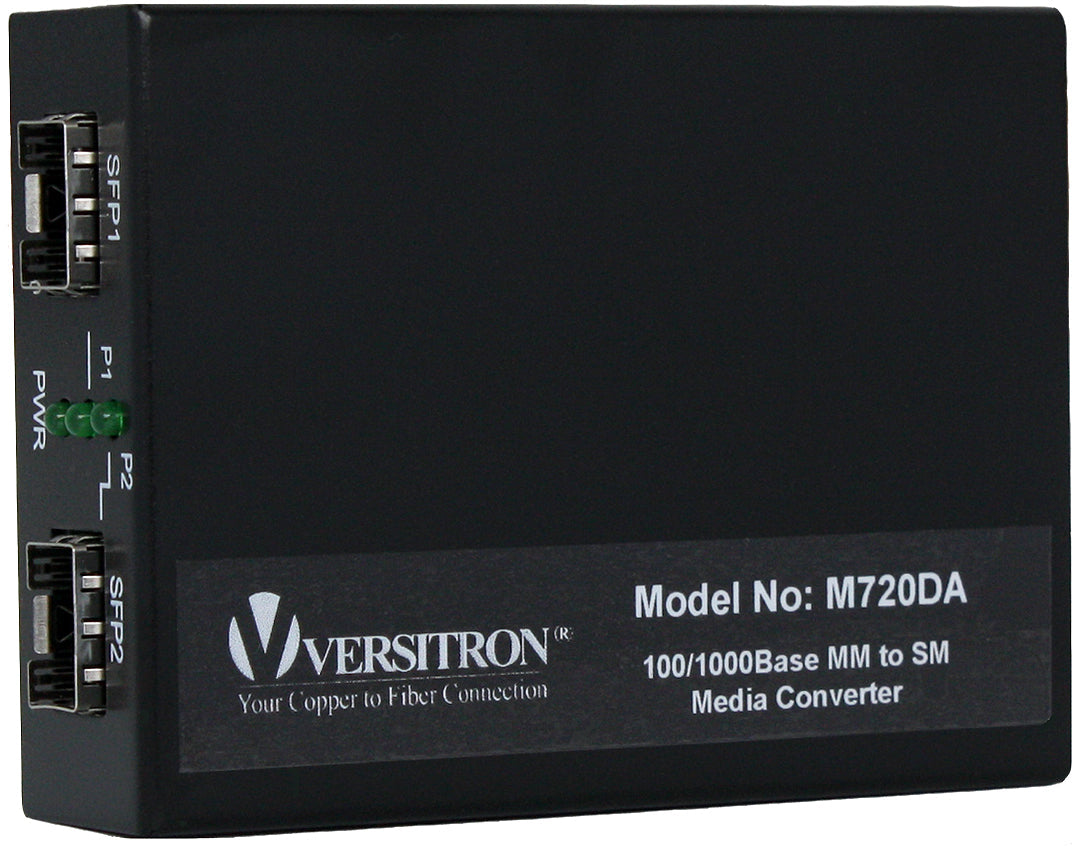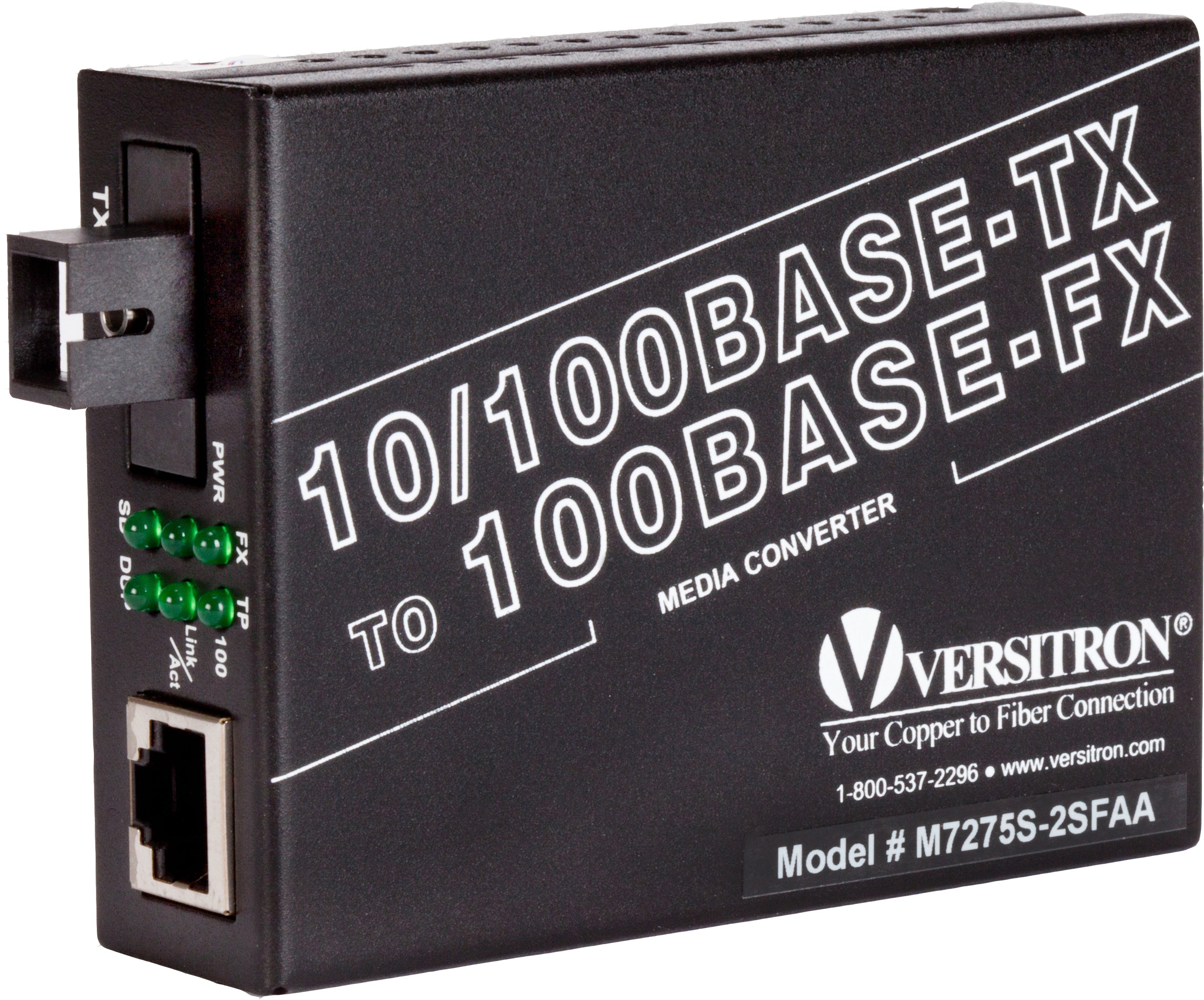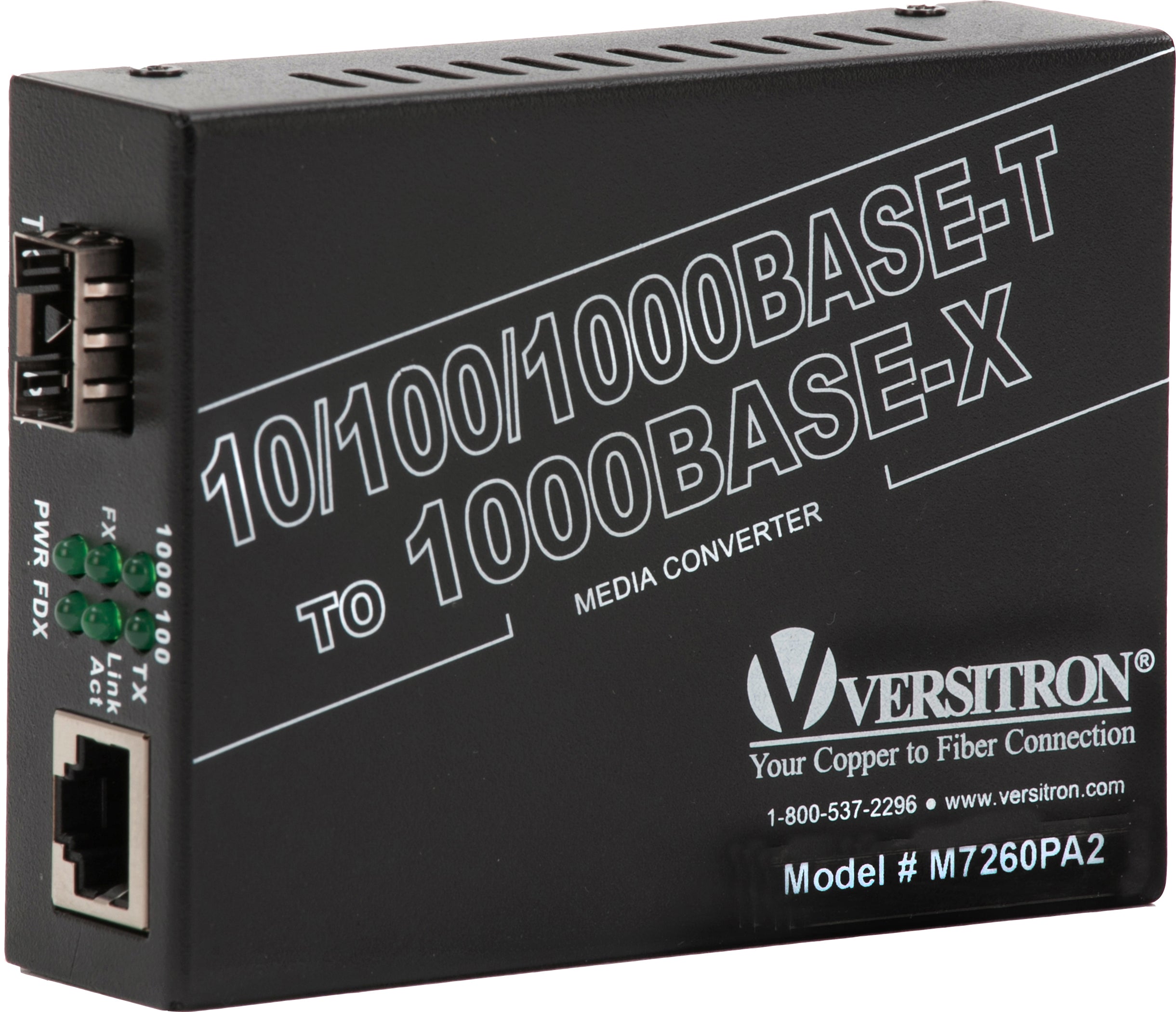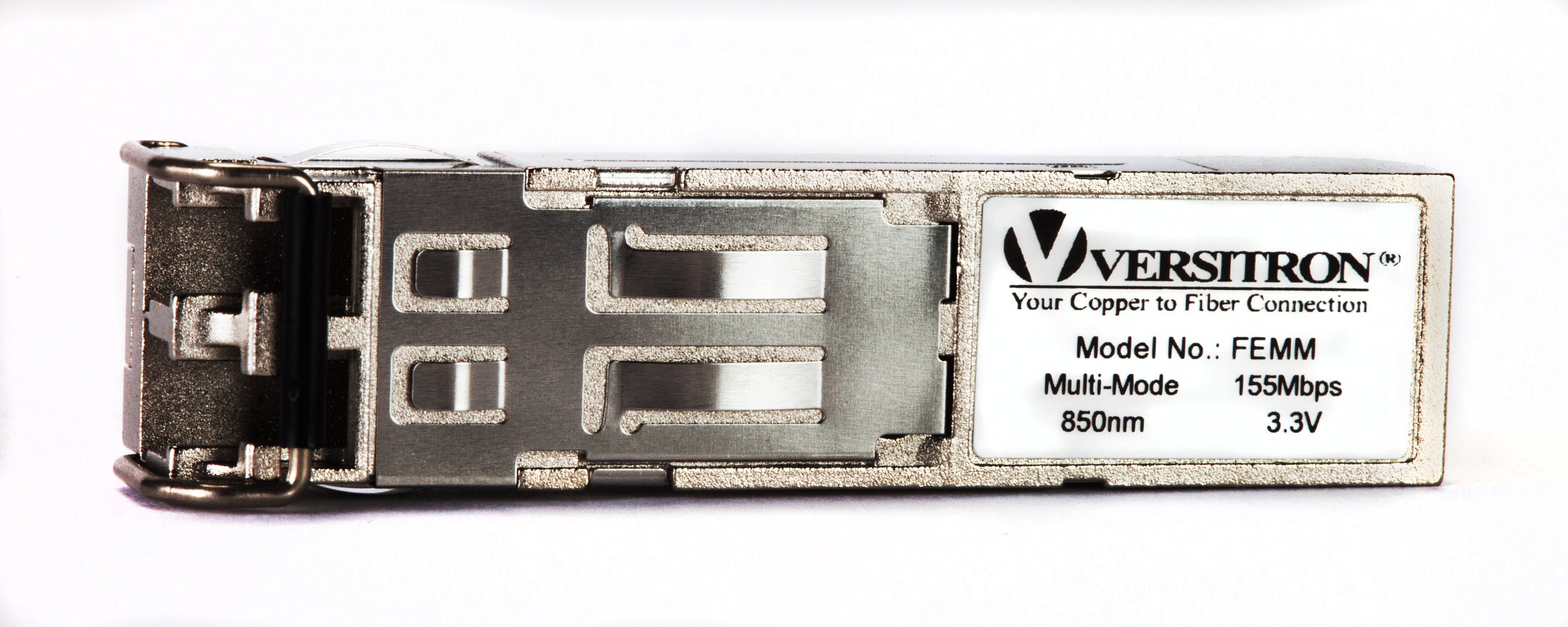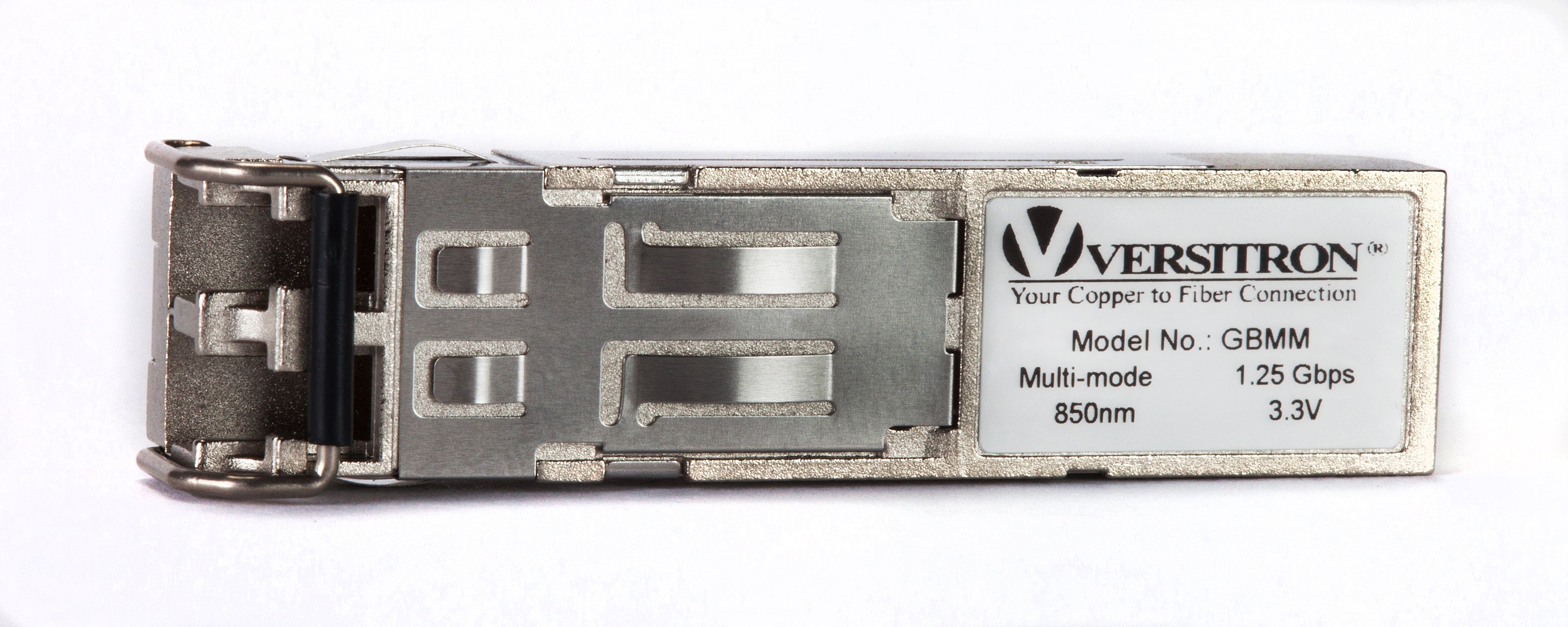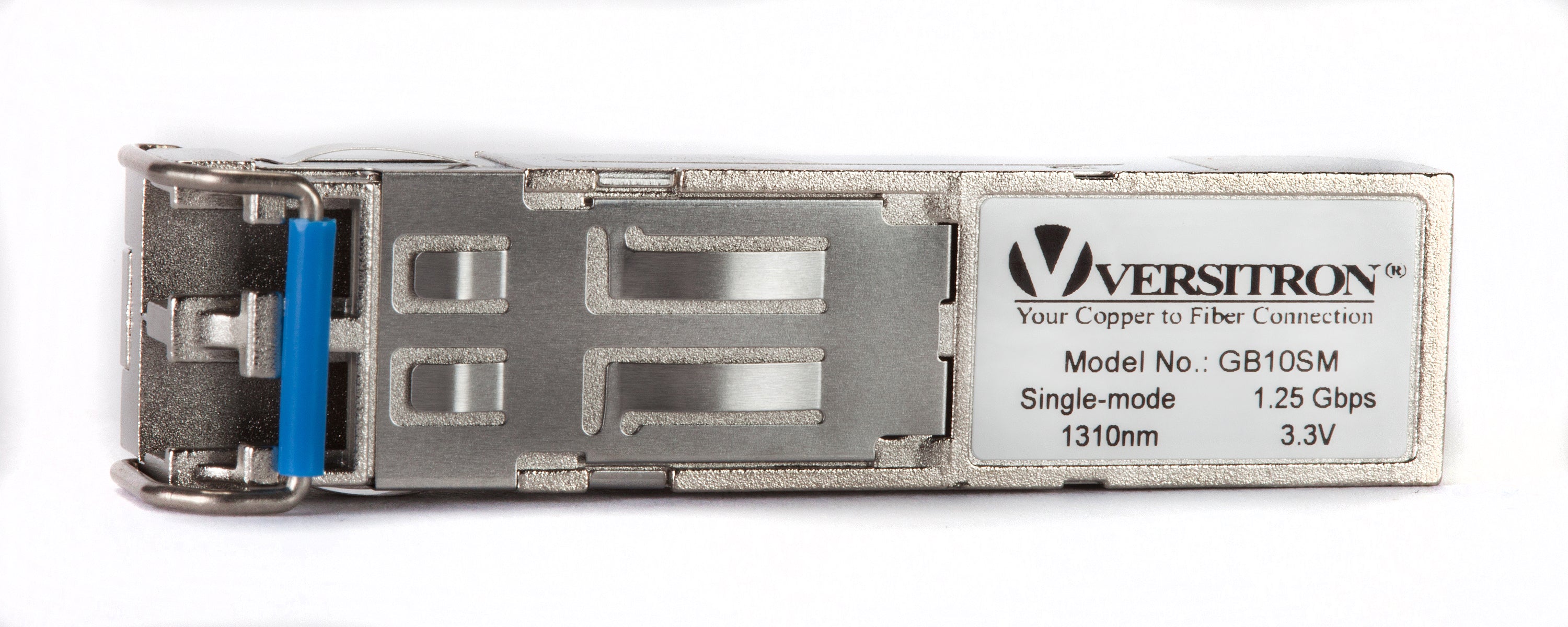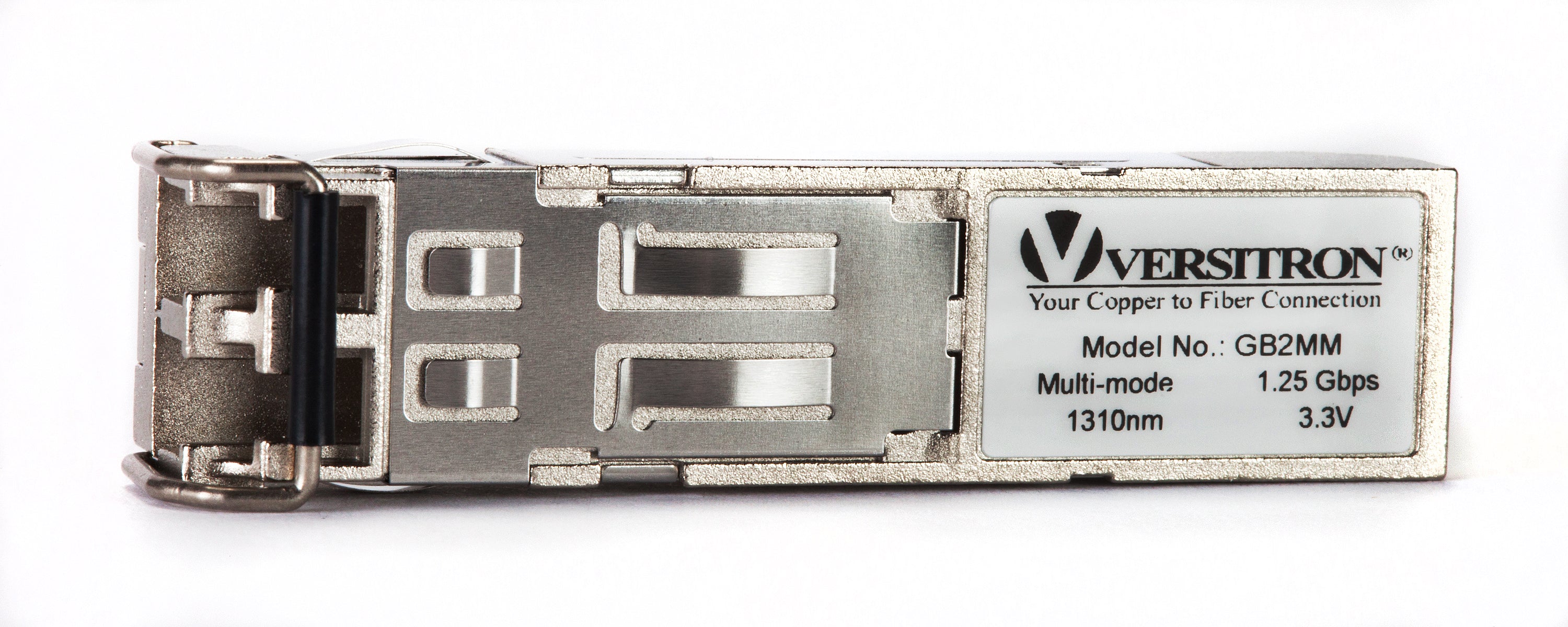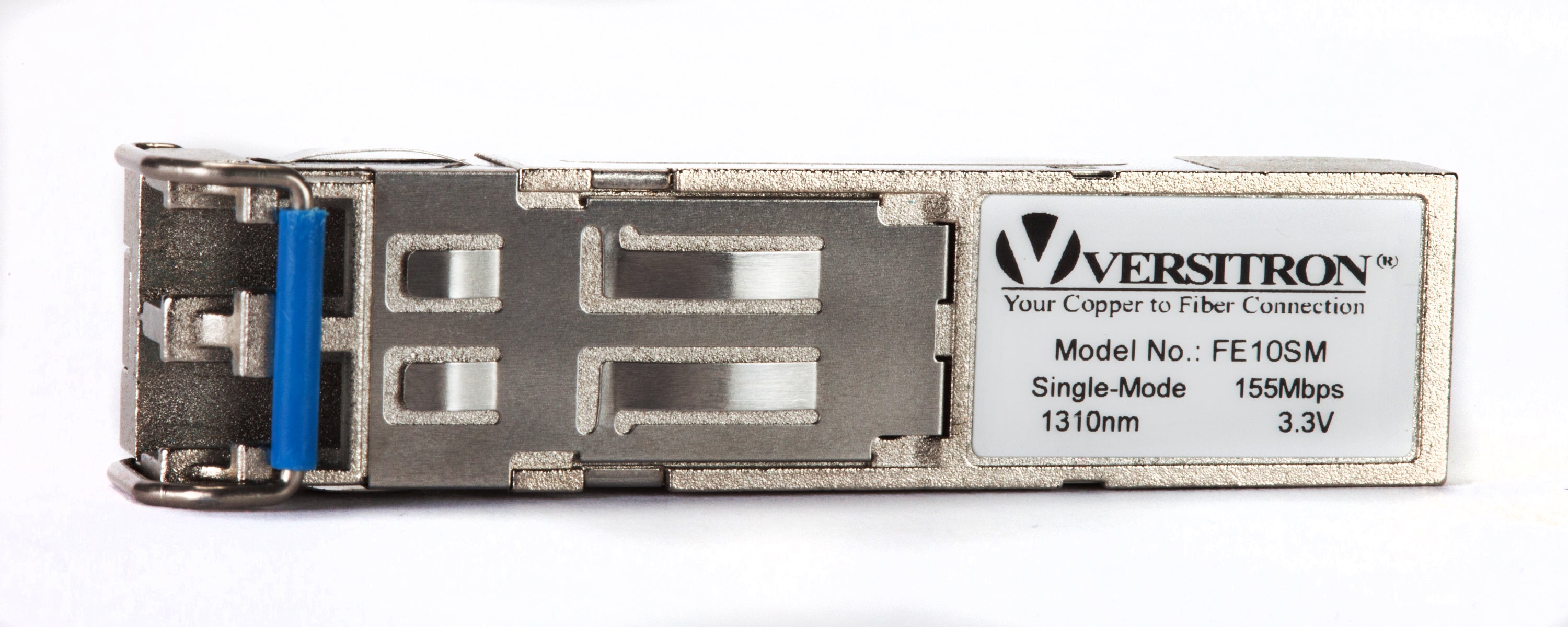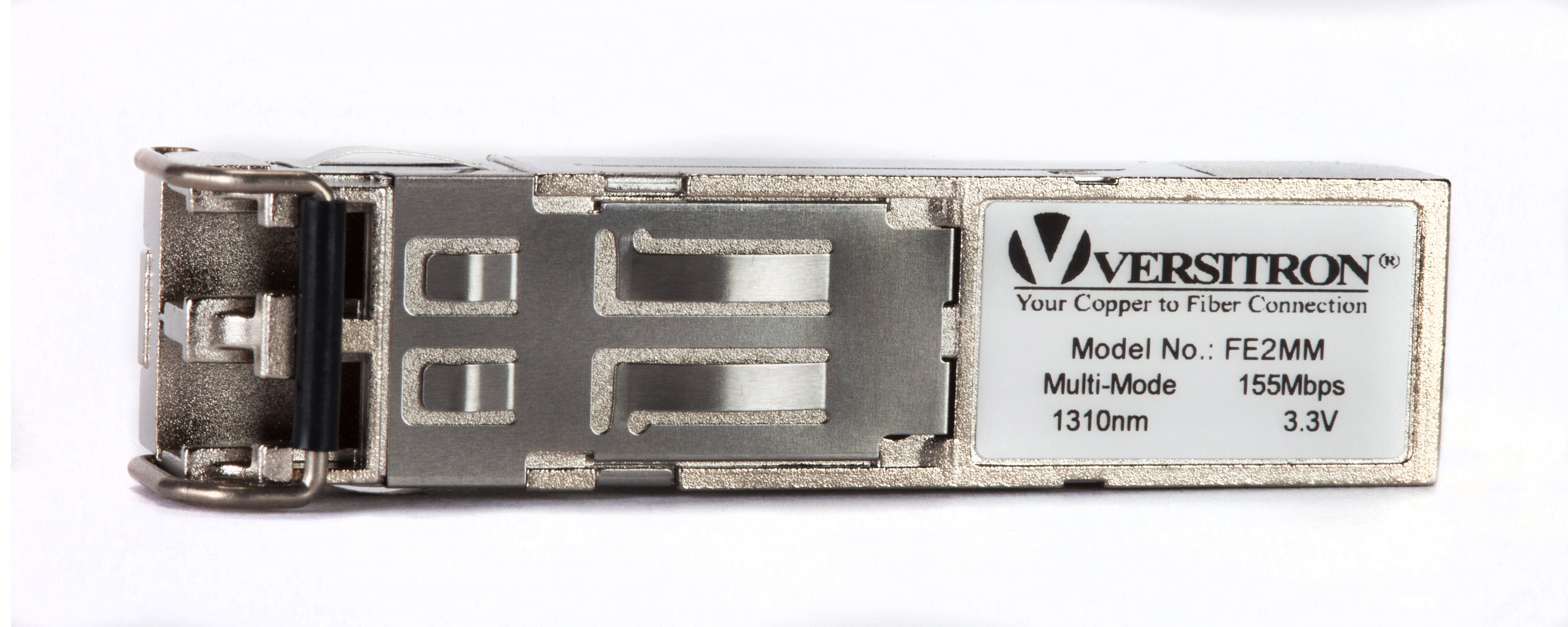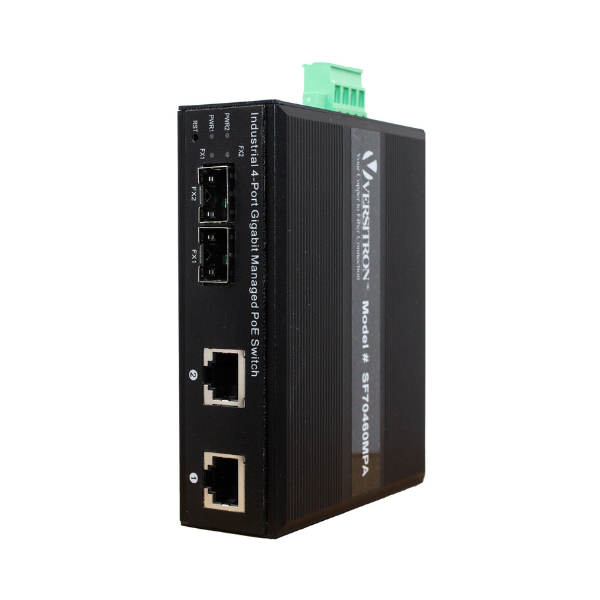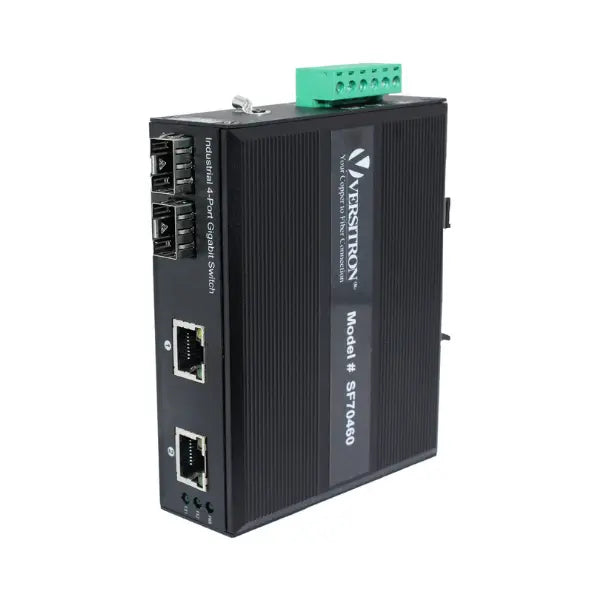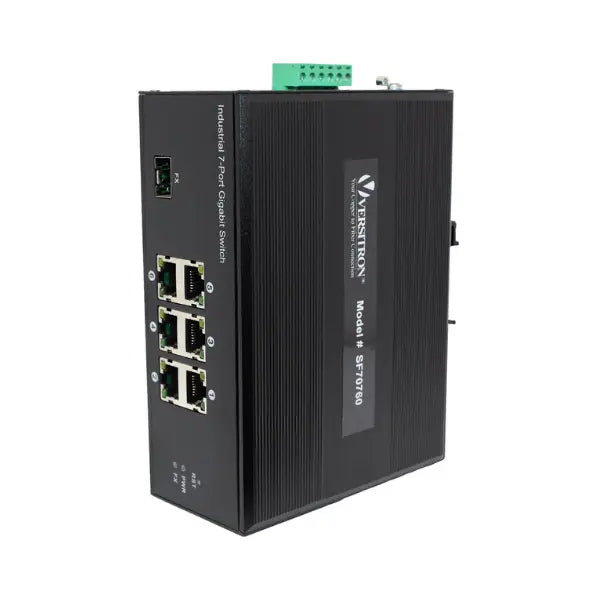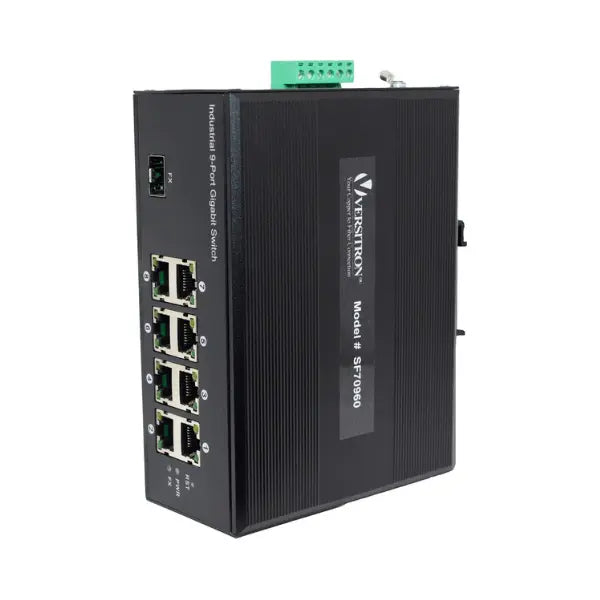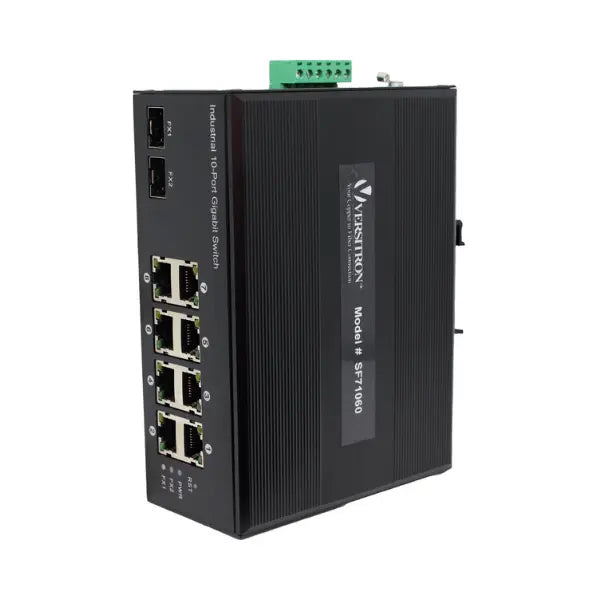With businesses embracing technologies like artificial intelligence (AI), open systems, machine learning, and cloud storage, the bandwidth and data transfer demands on network infrastructure has increased. Unfortunately, 100G and 200G Ethernet technologies are insufficient to meet these demands. Nowadays, these technologies are being replaced with 400G, which is known for its high data transfer speeds and meeting the complex bandwidth demands. In 2020, various networking forecasts and Cloud Service Providers (CSPs) reported that 400G deployments will be a lot quicker than 100G and 200G deployments. Knowing these, you may wonder what 400G Ethernet is and how it will influence the future of communication. Read the post to know more.

An Overview of 400G Ethernet
In recent years, terabit Ethernet has caught fancy of network engineers. This terabit Ethernet refers to the Ethernet transmission at the speed of one trillion bits per second. It indicates the Ethernet speed is above 100 Gbps. The IEEE 802.3b has defined 400 Gigabit Ethernet (400 BASE) and 200 Gigabit (200 BASE). The 400 Gigabit Ethernet, which is known as 400G, is four times faster than 100G and is the most advanced form of cloud infrastructure. This 400G Ethernet is also referred to as 400GbE and 400 GB/s in data center environments. These terms are often interchangeably used. The following pointers will help you understand it better.
- 400G: In data center environments, it is quite common for networking professionals to use a 400G Ethernet switch or 400G Ethernet devices. It means, the switch or the device has an Ethernet interface that can carry 400G wavelength.
- 400GbE: This is the advanced speed of the Ethernet interface. The switch or any hardware described as 400G must meet the parameters of data management, physical layers, and media control access (MAC) mentioned in the 802.3bs standard.
- 400 GB/s: This indicates that 400 billion bits of data would travel through an optical wavelength at any given time.
1G to 400G – How Ethernet Standards Have Evolved Over the Years
The timeline below will help you understand how Ethernet standards have evolved over the years.
- 1983:The 10Base 5 was introduced, and thinnet or thin coaxial cable was approved in 1985.
- 1995:The 100 MBPS was introduced and it was hailed as the Fast Ethernet. The auto-negotiation feature was introduced, enabling two connected devices to transfer data through duplex mode.
- 1998: 1GBPs over fiber optic cable was introduced.
- 1999: 1GBPs over the twisted pair cable was introduced.
- 2010: 40/100 GBPS was introduced. This data speed was developed by meshing multiple layers of 10 GBPS technology. The 802.3a standard enabled users to take advantage of transmission, which was supported through multiple physical layers.
- 2016: 2.5 GBPS, 5GBPs, and 25 GBPS speeds were introduced. The 25 GBPS was aimed at data centers and it allowed single-lane transmission through multimode optical fiber and printed circuit board backplanes. This speed assured greater speeds than 10 GBPS. However, 5 and 2.5 Gbps Ethernet was designed to operate over Cat5 and Cat5e twisted pair cables. These speeds were targeted at businesses that were embracing high-speed wireless technologies.
- 2017: The IEEE has ratified 200 and 400 GbE this year. These Ethernet standards were designed on 50 Gbps single lane grouped together.
Influence of 400G Ethernet on Enterprise Networks
The 400G Ethernet enables enterprises to plan expansions, which would mean high traffic demands. The following pointers will help you understand it better.
- Increasing bandwidth demands and rising traffic has driven the adoption of 5G. This 5G adoption would mean a massive increase in bandwidth. 400G enables businesses in small cell development, which is a requirement for 5G deployment.
- High-performance computing has gained popularity across industries. Its influence can be felt in retail, healthcare, oil and gas, and weather forecasting. Data analysis in real time is the key growth driver across these industries. This would accelerate the adoption of 400G Ethernet. The combination of 400G and high-performance computing will help players to optimize their operational and financial efficiencies.
- Hyperscale data centers or massive data centers have gained popularity during COVID-19, which were used to process high volume of data. As eCommerce and online sales peaked, the businesses were challenged to invest in infrastructure, which can support burgeoning data processing and storage needs. The businesses that have invested in these hyperscale data centers are considering 400G Ethernet because it helps them meet complex data processing requirements effortlessly.
Deployment Challenges for 400G Ethernet
Although 400G is being perceived as the must-have for growing businesses, it comes with its own share of deployment challenges. The following pointers will help you understand them better.
- The 400G is approved by IEEE; however, 400G compatible devices differ across brands. They need to address numerous details like design, manufacturing, specifications, and so on. Although various tests conducted worldwide on interoperability of devices have shown positive results, it needs to be checked in real-world environments. This would help us understand how this technology would perform in various enterprise networks. Also, it would help understand the bottlenecks of implementation.
- 400G Ethernet infrastructure utilizes QSFP transceivers, which are generally designed for 40GbE. This introduces heat issues, which may lead to optical distortions, loss of data packets, and fiber alignment challenges. Similar challenges have been witnessed when using new modules such as CFP8 and QSFP-DD. These transceivers must be tested for highly demanding environments before deploying in 400G infrastructure.
- 400G uses pulse amplitude modulation (PAM-4) with four layers of optical signaling. However, earlier 100GbE used two levels of signaling, which was called binary non-return to zero or NRZ. Decoding and encoding the four levels require the highest level of sophistication and PAM-4 is too sensitive to noise. Generally, manufacturers find PAM-4 optical signaling too complex and challenging to ace, which makes interoperability between devices too difficult to achieve.
The blog discusses the increasing demand for 400G Ethernet in businesses and the need for quality optic devices and cabling to support this infrastructure. The article suggests that sourcing hardware from trusted manufacturers like VERSITRON is essential to ensure the proper functioning of the network. VERSITRON offers a range of Ethernet switches, fiber optic network switches, media converters, and other hardware to cater to the needs of businesses. Interested customers can contact VERSITRON's experts to find the right solution for their 400G Ethernet fiber optic hardware requirements.



